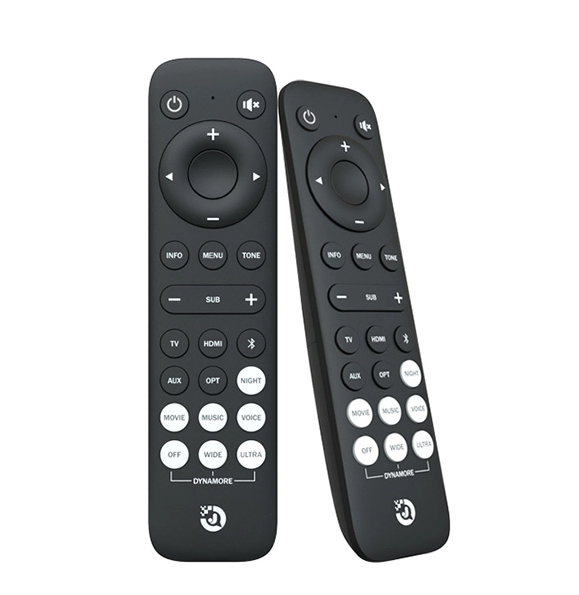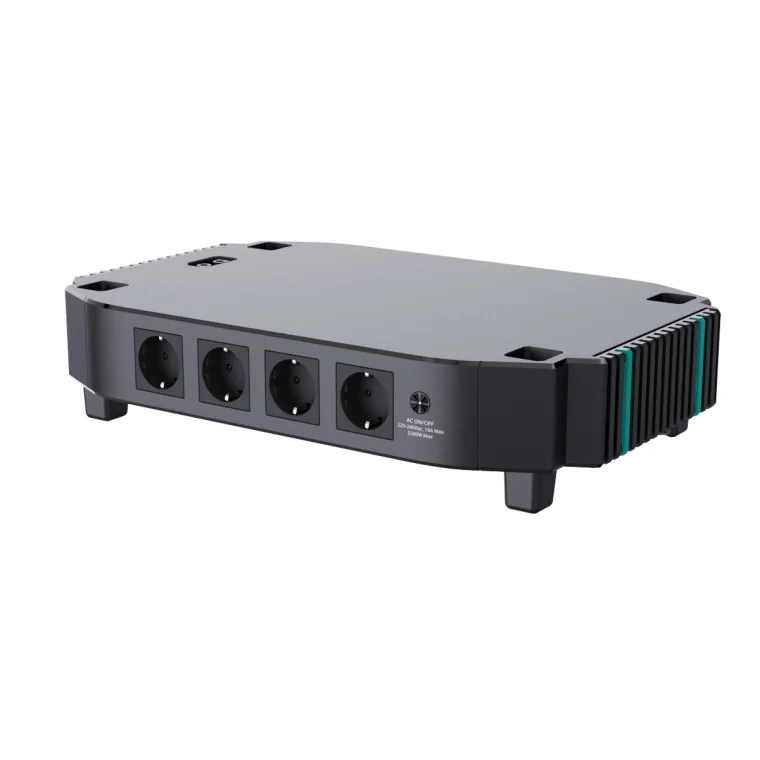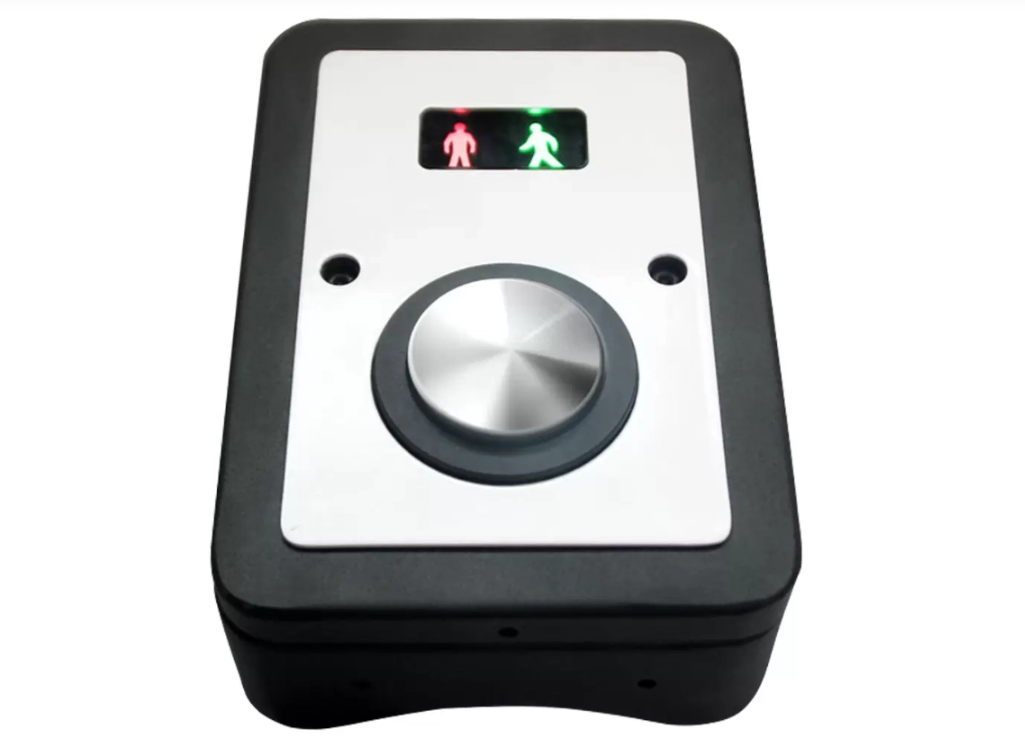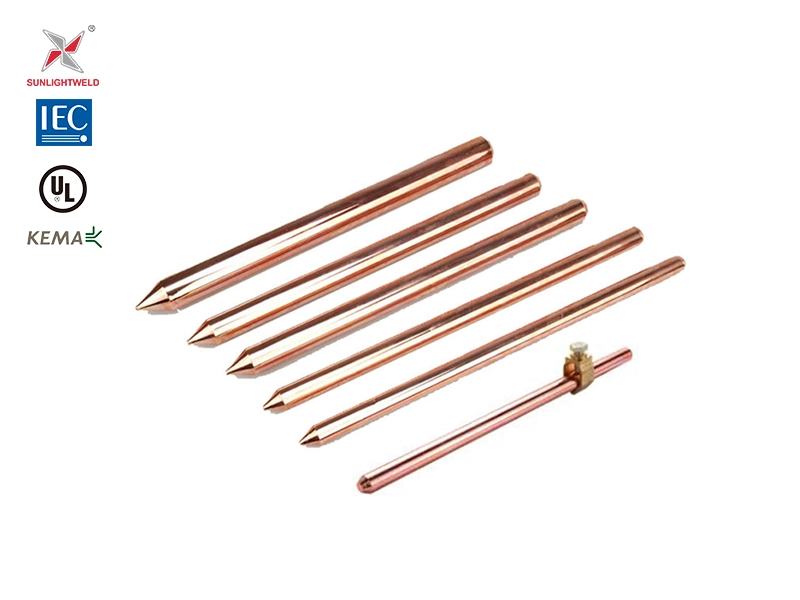In an increasingly digital world, smartphones have become essential tools for communication, navigation, and information access. However, for seniors, navigating the complexities of modern technology can often be overwhelming. The need for a user-friendly device that caters to their specific needs is paramount. This article explores what constitutes the least complicated phone for seniors, highlighting key features, recommendations, and practical tips to enhance their mobile experience.
Understanding the Needs of Seniors
Before diving into specific phone models, it’s crucial to understand the unique requirements of senior users. Many seniors may face challenges such as:
- Vision Impairment: Small text and intricate interfaces can be daunting.
- Dexterity Issues: Difficulty in handling small devices or pressing tiny buttons.
- Cognitive Load: Complex menus and features can lead to confusion.
- Limited Tech Savvy: Many seniors did not grow up with technology, making it harder to adapt.
Key Features of Senior-Friendly Phones
When searching for the least complicated phone for seniors, consider the following features:
- Large Display: A larger screen with high contrast can significantly improve readability.
- Simple Interface: A straightforward menu with minimal icons reduces cognitive load.
- Physical Buttons: For those with dexterity issues, phones with larger physical buttons can be easier to use than touchscreens.
- Emergency Features: Quick access to emergency contacts or services can provide peace of mind.
- Voice Commands: Voice-activated features can help seniors navigate their phones without needing to type or tap.
Recommended Phones for Seniors
Based on the aforementioned features, here are some of the least complicated phones for seniors:
- Jitterbug Flip2
The Jitterbug Flip2 is designed specifically for seniors, featuring a large screen and big buttons. Its simple menu allows users to access contacts, messages, and emergency services with ease. The phone also includes a built-in flashlight and a 5Star Urgent Response button, providing an added layer of security.
- Samsung Galaxy A32
For seniors who prefer a smartphone experience, the Samsung Galaxy A32 offers a user-friendly interface with customizable settings. Its large display and accessibility features, such as text resizing and voice commands, make it an excellent choice. Additionally, the phone supports various apps that can enhance connectivity with family and friends.
- Nokia 3310
A modern take on a classic, the Nokia 3310 is perfect for seniors who want a straightforward mobile experience. With its physical keypad, long battery life, and basic features like calling and texting, it eliminates unnecessary distractions. The phone also includes a simple camera for capturing memories.
- iPhone SE (2022)
While it may seem counterintuitive to recommend a smartphone, the iPhone SE (2022) stands out for its intuitive interface and accessibility features. Seniors can benefit from the VoiceOver feature, which reads out text and menu options. The iPhone also allows for easy video calling through FaceTime, making it a great option for staying connected with family.
Practical Tips for Seniors Using Mobile Phones
To further enhance the mobile experience for seniors, consider the following practical tips:
- Customize Settings: Adjust font sizes, contrast, and icon sizes to suit individual preferences.
- Create a Contact List: Simplify communication by creating a favorites list for quick access to important contacts.
- Use Voice Assistants: Encourage the use of voice assistants like Siri or Google Assistant to perform tasks hands-free.
- Regular Training: Spend time with seniors to help them become familiar with their devices, ensuring they feel confident in using them.
Conclusion
Finding the least complicated phone for seniors is about understanding their unique needs and preferences. By focusing on user-friendly features and practical recommendations, we can empower seniors to embrace technology without feeling overwhelmed. Whether opting for a simple flip phone or a more advanced smartphone, the right device can enhance their connectivity and enrich their lives. As technology continues to evolve, ensuring that seniors remain connected and engaged is more important than ever.





